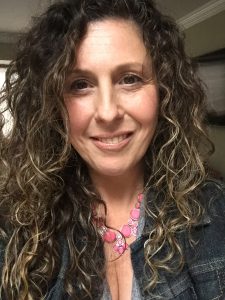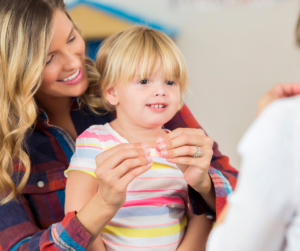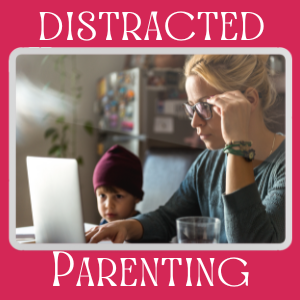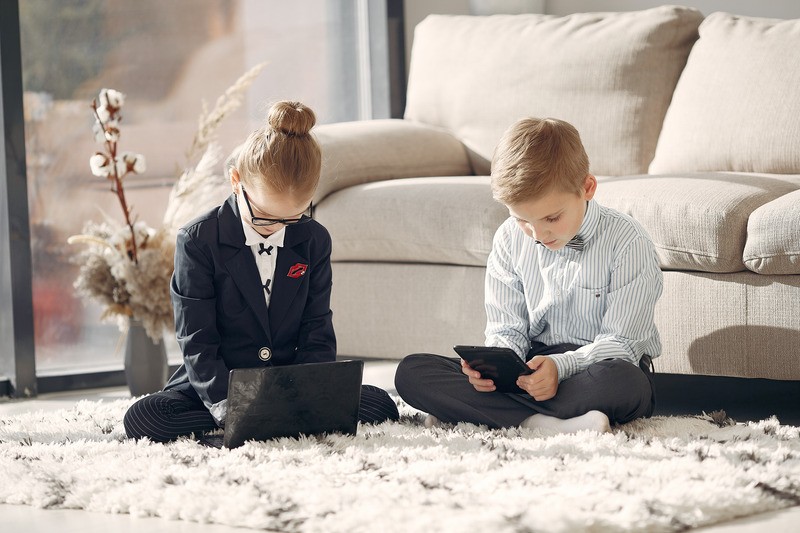There has been a lot of discussion recently about the way Communities and Governments are dealing with the new realities of a society struck by Covid 19. With no one quite sure about the direction of anything today! Add to that the various sources of information and misinformation? Anger both displaced and justified? Who could blame anyone for wondering which path to follow or who to believe? There are mixed messages everywhere! And no one knows exactly which sources can be relied upon? Confusion leads to frustration. Frustration leads to angry conversations and counter arguments. And soon we are at the point where we are more confused than we began! For families with toddlers and school aged children. This is a need to know topic!
As an Early Childhood Program Development Specialist and Child/Family Advocate. A part of my responsibilities were to know and understand existing policies. Advocate for change when needed. And help families better understand and navigate educational systems with others where they would intersect with work and family life. Often assisting families where public policy intersected with individual life experiences and collective community shared experiences. By bringing your stories and perspectives as a community from the field to inform Public Policies that impacted family’s daily lives. Because whether we realize it or not? Every position we take on a topic has implications beyond our own family table! WE drive social interaction and policy. And that comes with more responsibility than we may recognize. When we understand the power of a collective voice for change? We parents and policy makers begin to understand the need to be informed, open minded, and effective. For the kids.
Having spent decades in the field as well as interpreting the data to present to policy makers. I can clearly relate that there were pathways and systems already in place for better or worse. Laws and regulations already in existence that serve as a guide to frame the discussion and response also, for better or worse. So how can we impact that? And what are the rules and regulations that inform systems of education and how they impact families? What happens in a Public Health Emergency like Covid19 and beyond? And more importantly? What happens when those comforts of stability and predictability are taken from us?
For parents, the main issue is how do we advocate for our children’s individual needs while not losing sight of those whose needs may be different than ours? Because we are all connected! Respectfully and effectively dialoguing with support professionals responsible for educating our children traditionally is key. The practices we will implement now must reassure Educators that their health and safety is paramount to us as well! The challenge with all these voices at the table is how do hear them all while maintaining respect for everyone! For the good of children, families and the professionals who strengthen and support the kids must use this opportunity to make schools better through Covid19 and beyond!
Covid19 has created an environment many of us could never have even imagined! Changing lives in what felt to most of us like a split second. Parents thrust into the role of teacher, mental health professional, coach, and activities counselor in an instant have been overwhelmed! School Districts scrambling to switch to an online learning model within days, were overwhelmed. Families of children with special needs left to make sense of a new method of learning and Service Delivery at the same time. All the while wondering if their children would lose valuable interactions that make it possible for their children to thrive. With little to no warning or preparation. Our Children have been thrust into this new reality on the fly!
The negative results on our children is many are “falling behind” and experiencing trauma. A direct result of forced isolation and quarantine. Online learning models that were developed rapidly in response to a public health emergency will have problems. And as parents know, some of our children struggled to adapt. Teachers tasked with meeting the needs of every child in the new format struggled too. And parents were pushed to the brink of exhaustion! All affected mentally AND emotionally by our new circumstances. But we have survived. The goal now becomes using our new experiences for good!
What school and educational settings look like in a Covid19 world without a vaccine is the thing. While some parents have organized themselves into opposing teams between those that want to go back to the traditional classrooms pre-pandemic. want children to return to classrooms as quickly as possible. And others wary of what that could mean for the health of their kids and themselves wondering is it even safe to consider now? The fear being too little is known about this epidemic to feel confident in sending children to school at all! No one knows what the right answer is. And currently not enough information is available to tell us what the implications of returning children to classrooms are long term.
This is just an educated guess and opinion, but it does not seem likely that children should be returning to traditional classrooms anytime soon. For their safety or ours. Parents and educators collectively addressing the needs of children during such uncertain times are tasked with the unknowable. But we must take what we learn together and decide as a community where we go from here?!
The laws and regulations already in existence serve as the foundation upon which we begin our advocacy conversation. Most of those regulations were born out of tragedy and forced change. Meaning they should be familiar with working under pressure to serve communities. Those regulations are a ground floor so to speak. On which we will build and enhance learning environments.
The negative part of that is though many of the guidelines and regulations are changed periodically. Many haven’t changed for decades and generations! The challenges facing a new economy were already stretching the effectiveness of Public Education. Working together to redefine our shared goals for providing a future for our children was already necessary pre-pandemic. And even more necessary now! We can work together to define our shared goals for our children in a pandemic environment.
We started this journey with overcrowded classrooms with resources spread too thin. Stressed out teachers and students lacking technology in many Districts was causing many students to fall behind of the modern learning curve! Covid19 has cleared out the classrooms and put the onus of providing most daily resources on parents. Many who now hold a greater appreciation of the Professionals charged with educating our kids. That is a good thing!
Survey after survey we find that Parents and Teachers are united in their desire to do what is best for kids. Priority in a Public Health Emergency is ensuring that social distancing, proper hand washing procedures, and face coverings be utilized minimally appropriately. Where in person schooling is implemented? Class sizes will need to be reduced! With large gathering spaces repurposed to accommodate the need for social distancing. Staffing will need to increase to ensure the health and safety of children in smaller groups reducing the likelihood of an outbreak. And well thought out procedures must be in place for if/when an outbreak occurs. No small undertaking when you consider that in NYC alone there are 1,126,501 students, the largest school district in the United States. ( schools.nyc.gov). Long Island there are 230,430 in Suffolk and Nassau County has 199, 305. Areas with dense populations will face tough challenges!
September is less than 60 days from today. Therefore, parents, educators, advocates and administrative staff need to join forces to rethink the all or nothing us vs them mantras that divide us clouding our way forward that won’t benefit us or our children at all
Understanding the enormity of the task ahead will go a long way in how we come to grips with what lies ahead of us. Acknowledge that your voices have been heard by decision makers. Do what you can to make today a little less stressful for your children and you. Consider that It may be time to pivot the conversation from “Let’s get these kids back to school now!” To “What are we going to do if that is not a feasible option?” And be vocal about what policy makers can do to make it possible for working families to return to work peacefully knowing our children are safe, sound and learning! It is going to take a collective voice to decide the future for our Families. Be the change.
Dianne Galante former Infant/ToddlerEarly Childhood Program Development Specialist. NYS Health and Safety Curriculum Approved Trainer. PITC and Touchpoints Community Trainer. Former Contributor to LI Parent Magazine. Nanny and a Mama!

 What is Childhood Apraxia of Speech ( CAS)?
What is Childhood Apraxia of Speech ( CAS)? 





